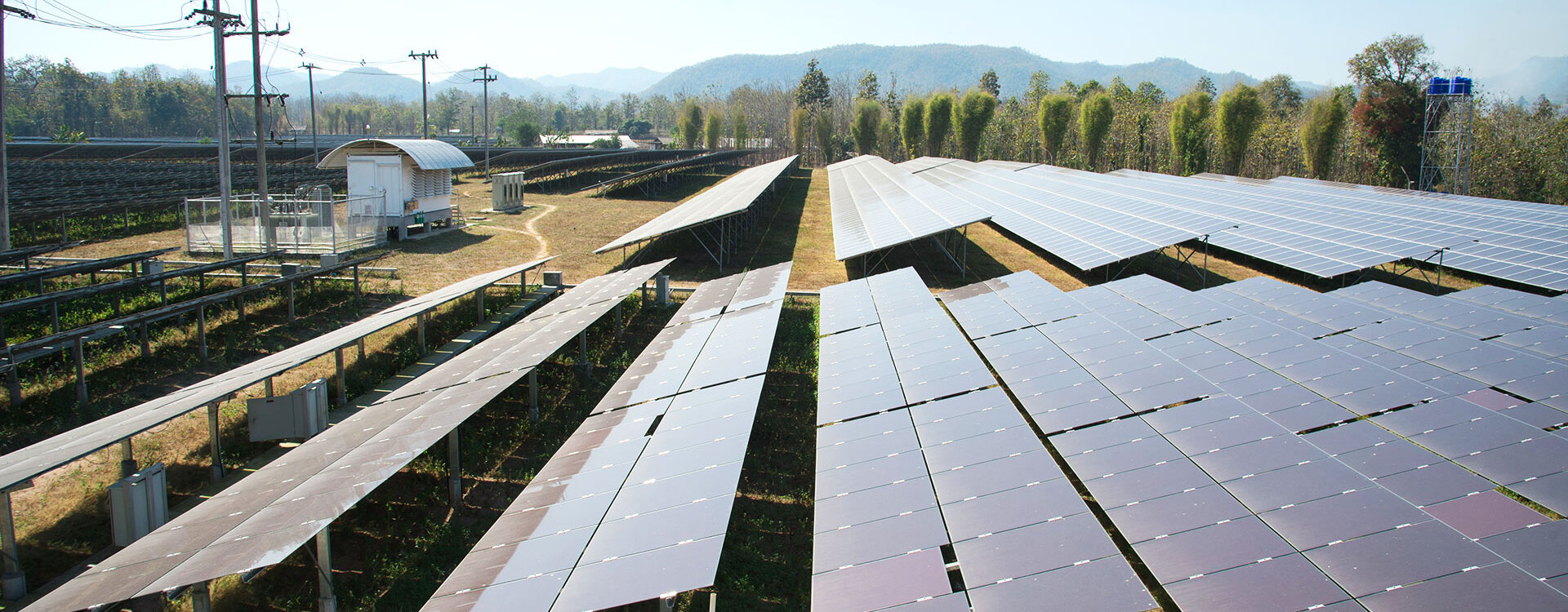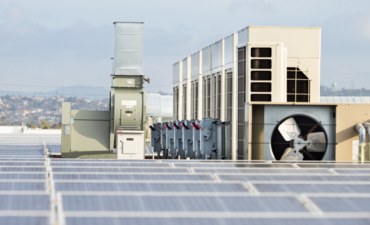
Technology has been evolving for years and is now revolutionizing the energy sector.
Over a decade ago, microgrids began emerging as a plausible alternative to the century-old utility monopoly. Previously just used during power outages, these small-scale adaptations of centralized power systems are now acquiring a new cluster of customers. In particular, customers in areas with extreme weather conditions and high-power costs are turning to microgrids as a way to manage distributed generation systems, decrease electricity bills, and possibly depart from their serving utility companies power grid all together.
Distributed energy resources & microgrids
Customers are looking to ensure continuous electricity regardless of the weather or an unforeseen event by combining distributed energy resources (DERs) and microgrids. DERs produce and supply electricity on a smaller scale and are typically dispersed over a wider area. Some examples of DERs are solar panels, backup batteries, and emergency generators. While conventional utility-scale generators are connected to the high-voltage transmission system, DERs are linked to the low-voltage distribution grid that services residential buildings and businesses.
By actively managing DERs and controllable loads, microgrids function as localized electric systems that can disconnect from the main electric grid to operate separately. With the ability to operate while the main power network is down, microgrids can support grid resilience, help mitigate instability, and function as a grid resource for faster system response and recovery. Microgrids allow anyone from a hospital, the city, or even a rural farm to generate, distribute, and regulate their locally produced power with the sophistication that only utilities had until a few years ago.
In their initial stages, microgrids controlled simple generator backup systems, but they now have evolved into cutting-edge, mini utilities in their own right. Proprietors can remain secured to the utility grid and seamlessly transfer between locally produced power or utility power — whichever best meets their needs. If the utility grid is compromised, an automated microgrid deploys its own combination of resources to keep the energy flowing.
Technology has been evolving for years and is now revolutionizing the energy sector. Although microgrids control just a slice of generation in relation to overall traditional electric generation, they are being built with a velocity and anticipated scale that is causing utilities to rethink their distributed generation strategy. Just imagine, in emerging maturing countries, microgrids may sidestep the need for a traditional electric grid in the same way cellular phones bypassed the need for landlines.
Microgrids have the potential to fundamentally change the U.S. electricity paradigm as they proliferate and begin to shrink the traditional utility business model. They may also be the mechanism through which the transformation to clean distributed generation will be executed, becoming a gateway for leaving the traditional utility power grid. Overall, the conventional grid is showing that it simply can't provide the reliability customers demand. Thus, businesses that are energy intensive are searching for a solution.
Generating cost savings
There is also the cost-savings aspect of a microgrid where a customer is able to generate a high percentage of their own power by managing their peak load demand with power produced from their own system and by controlling the demand itself. Many microgrid supporters argue that the best way to grow the market is to not only allow, but encourage utilities to invest in such systems — just as they do with other infrastructure. But, regulators are currently hesitant to allow utility rate-basing of microgrids until and unless they can be assured of the cost-effectiveness and that the benefits are widely shared among all utility customers.
With the average power plant in the U.S. over 30 years old and with a majority of transmission lines and transformers aging at the same speed, microgrids offer a compelling alternative mechanism to upgrade or replace existing infrastructure with efficiency improvements, ancillary services like the addition of reactive power generation, frequency/voltage regulation improvements, load balancing, and power quality. And, as climate change continuously gets addressed through government bills, proposed legislation is also including opportunities for microgrid funding in an effort to support clean energy initiatives.
A fast growing market for microgrids
As we watch regulators and utilities iron out the details of cost recovery, the private sector is driving the market. Many energy consulting firms are forecasting cumulative microgrid investments of over $100 billion over the next decade. One of the fastest growing sectors of microgrid use is among the largest U.S. corporations. Businesses are installing microgrids to reduce costs, lessen or eliminate carbon emissions, and improve reliability. Some companies are even selling ancillary services back to the electric grid for incremental revenue. In fact, one of the most cost-effective ways a corporation can invest in a renewable energy project is by investing in a microgrid.
Microgrids have the ability to aggregate and control a variety of renewable resources. Through integrated control of green energy resources and storage and load management a microgrid can manage the intermittency of renewable generation streams. Plus, by coupling baseload power from a combined heat and power (CHP) plant or a fuel cell, a microgrid can combine enhanced reliability with a lower emissions profile. Microgrids are a double win for businesses with high resiliency needs and aggressive greenhouse gas goals.
The quest to create a zero-carbon future and the drive for a more resilient, flexible power grid are not mutually exclusive goals. As the number and severity of weather events escalate, microgrids are gaining support as the desired solution for transforming utility infrastructure, bringing reliability and resiliency to business entities who need and demand it.
Business Development Manager
As Business Development Manager, Roxanne Fong leads our growth strategy for the utilities sector by developing partnerships to deliver energy and infrastructure solutions and services. Her previous experience leading the new revenue development business development team for Pacific Gas & Electric (PG&E) led to the implementation of over $300 million in design-build energy projects.



